PROTECT YOUR DNA WITH QUANTUM TECHNOLOGY
Orgo-Life the new way to the future Advertising by AdpathwayIn a groundbreaking study, Huang and colleagues have shed new light on the intriguing world of plant-derived extracellular vesicles (PDEVs). These remarkable structures, secreted by plant cells, have long been a subject of curiosity within the scientific community. With applications ranging from nutrition to therapeutics, the potential of PDEVs to revolutionize various fields of medicine and health is becoming increasingly apparent. This comprehensive investigation delves into the composition, function, and clinical potential of these vesicles, highlighting their multifaceted roles in both plant physiology and human health.
Extracellular vesicles (EVs) are nanoscale lipid-bound compartments that play crucial roles in intercellular communication. Traditionally, EVs have been a focus of research in animal cells, where their roles in disease progression and immune regulation have been extensively documented. However, the discovery of similar structures in plants opens up entirely new avenues of exploration. The fundamental question driving this research is whether PDEVs share the same functions and capabilities as their animal counterparts, and if so, how they can be harnessed for therapeutic purposes.
The study provides compelling evidence that PDEVs are not mere cellular debris but rather orchestrated carriers of molecular signals, including proteins, lipids, and even RNA. This complex composition equips them to influence biological processes both within plants and in neighboring organisms. Furthermore, the authors discuss the intricate mechanisms by which these vesicles are produced and released into the extracellular environment, setting the stage for their subsequent interactions with other cells. Understanding these processes will be crucial for researchers seeking to leverage the potential of PDEVs in clinical applications.
One of the most fascinating aspects of PDEVs is their ability to transfer bioactive molecules to recipient cells, thereby modulating their physiological functions. This capacity has significant implications for the development of novel therapeutics, particularly in the realm of immunology and cancer treatment. The authors emphasize that PDEVs can deliver immunomodulatory compounds that enhance the immune response or suppress inflammatory pathways, presenting a promising alternative to traditional pharmaceuticals with potentially fewer side effects.
Researchers have also begun to explore the potential of PDEVs as delivery vehicles for drugs and genetic material. The natural compatibility of plant-derived vesicles with human physiology may offer a safer, more effective means of delivering therapeutics directly to target cells. By encapsulating drugs within these vesicles, it may be possible to achieve more precise targeting and reduced systemic toxicity. The implications of this research could be far-reaching, particularly in the context of diseases such as cancer, where localized treatment is paramount.
Moreover, the clinical potential of PDEVs extends to their role in enhancing plant-derived foods and supplements. As the world increasingly turns to plant-based diets for health benefits, understanding the biochemical properties of PDEVs could lead to the development of functional foods designed to bolster human health. This intersection of nutrition and biotechnology may pave the way for innovative dietary regimes that harness the power of these natural vesicles.
The research team employed advanced techniques, including high-throughput sequencing and lipidomic analyses, to decode the cargo within PDEVs. These methodologies enabled them to identify specific proteins and lipids associated with targeted biological functions. By establishing a comprehensive profile of PDEV content, the researchers laid a foundation for further studies aimed at unlocking the therapeutic potential of these vesicles.
Moreover, the study indicates that the plant species from which PDEVs are derived can influence their composition and functional capacity. This variability suggests that tailoring vesicle production to specific plant types could yield optimized therapeutic properties. As a result, the field of plant-based biotechnology may witness a surge of innovation driven by the desire to engineer plants for enhanced PDEV production.
In addition to their therapeutic applications, PDEVs are also poised to play a significant role in advancing our understanding of plant biology. The study reveals that PDEVs can serve as biomarkers for various physiological states in plants, offering insights into stress responses and development. This knowledge could be instrumental in improving agricultural practices and developing crops that are more resilient to environmental challenges.
The implications of these findings extend beyond individual therapies and extend into the burgeoning field of regenerative medicine. The potential for PDEVs to modulate cell behavior and promote healing opens new doors for tissue engineering and regenerative therapies. By harnessing the natural properties of these vesicles, scientists may develop novel approaches to tissue repair, wound healing, and even organ regeneration.
However, as with any emerging area of research, there are challenges that must be addressed. The authors acknowledge the need for further investigations into the safety and efficacy of PDEVs in human applications. Regulatory considerations, production scalability, and the potential for unintended effects must all be carefully evaluated before these vesicles can be translated into clinical practice.
The future of PDEVs looks bright, with their ability to bridge the gap between plant and human biology garnering attention from researchers across disciplines. As awareness of their potential continues to grow, we can expect an influx of studies exploring their roles in various contexts, from agriculture to medicine. The discussion surrounding PDEVs marks a pivotal shift in our understanding of intercellular communication and therapeutic development.
In summary, as scientists like Huang and colleagues delve deeper into the world of plant-derived extracellular vesicles, the potential for these structures to transform clinical applications becomes increasingly tangible. By harnessing the unique properties of PDEVs, we may find innovative solutions to modern health challenges, ultimately bridging the gap between nature and medicine. This study represents just the beginning of what promises to be a rich and rewarding field of research with implications for human health and well-being.
Subject of Research: Plant-derived extracellular vesicles and their composition, function, and clinical potential.
Article Title: Plant-derived extracellular vesicles: composition, function and clinical potential.
Article References:
Huang, D., Chen, J., Zhao, M. et al. Plant-derived extracellular vesicles: composition, function and clinical potential.
J Transl Med 23, 1065 (2025). https://doi.org/10.1186/s12967-025-07101-1
Image Credits: AI Generated
DOI: 10.1186/s12967-025-07101-1
Keywords: plant-derived extracellular vesicles, PDEVs, intercellular communication, therapeutic potential, bioactive molecules, immunology, cancer treatment, functional foods, biotechnology, regenerative medicine.
Tags: clinical potential of plant EVscomposition of plant extracellular vesiclesextracellular vesicles in human healthintercellular communication in plantsmolecular signals in plant vesiclesPDEVs in medicineplant cell communicationplant nutrition and healthplant-derived extracellular vesiclesresearch on plant EVsrole of EVs in plant physiologytherapeutic applications of PDEVs


 3 hours ago
6
3 hours ago
6
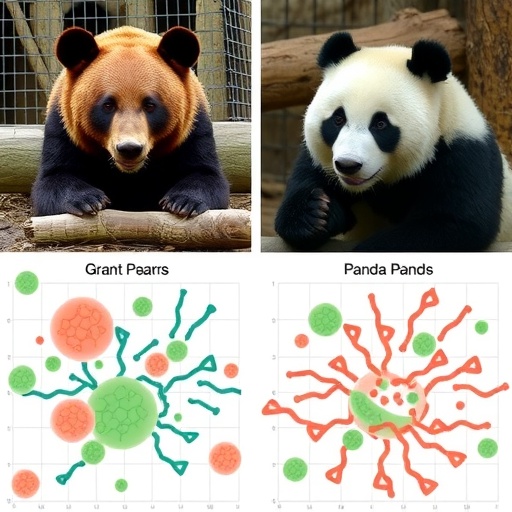
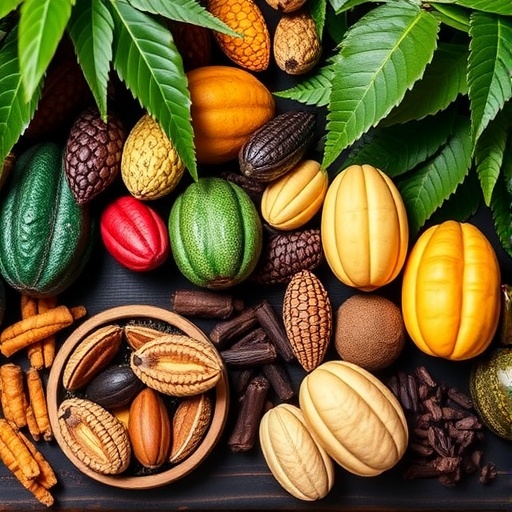
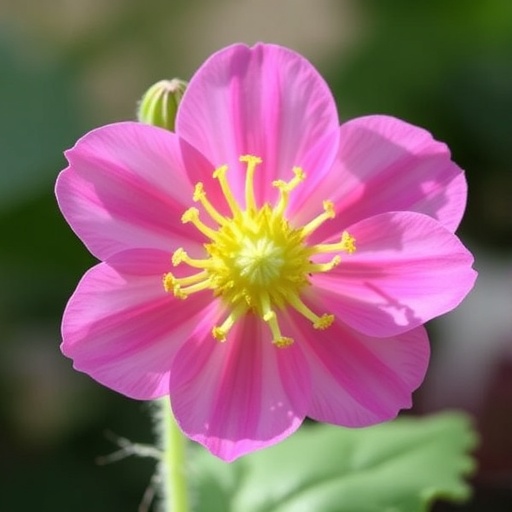
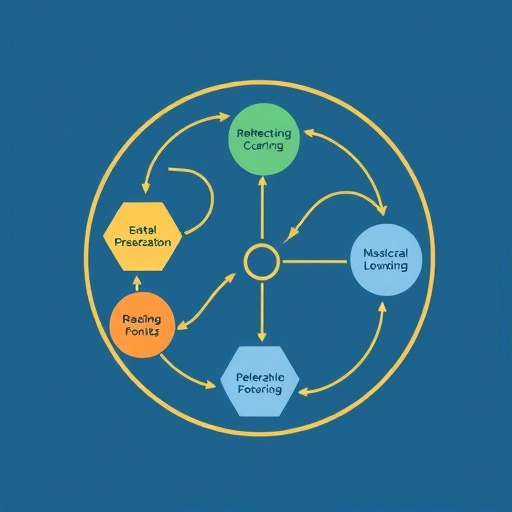

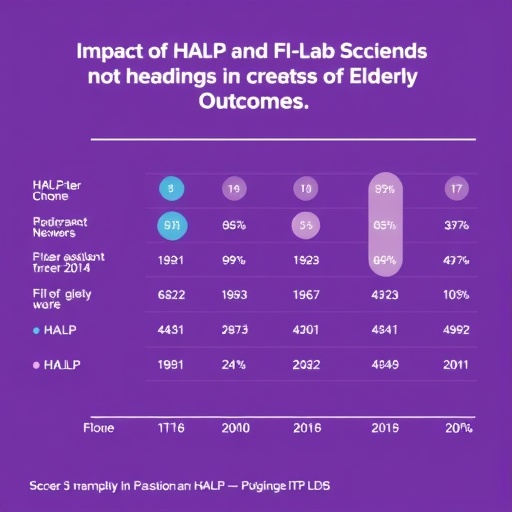
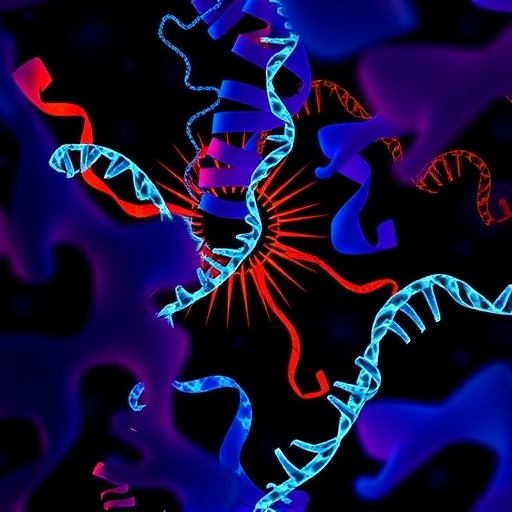














 English (US) ·
English (US) ·  French (CA) ·
French (CA) ·